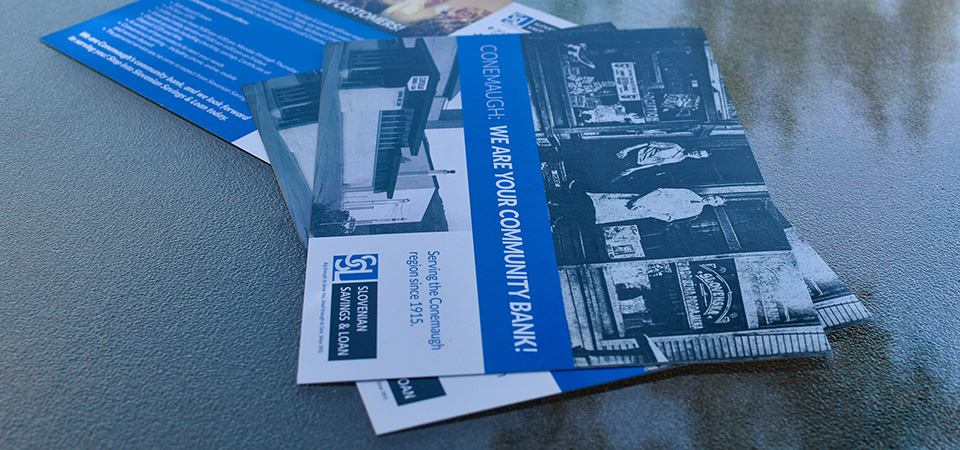This article originally appeared on the Prime Design Solutions website.
Table of contents
Related articles

Direct mail is a time-honored marketing technique that can be equally effective for business-to-consumer and business-to-business companies. Here are eight things to know about direct mail marketing now:
- Direct mail can be more targeted than ever. It’s possible to buy address lists of certain ZIP codes that reach certain targets – the Postal Service’s Every Door Direct Mail tool allows you to map a geographical area, or indicate a demographic target (such as age, income, etc.). A wide variety of services can help you drill down a list by affinity, education level, and so on – they can also help business-to-business firms purchase lists of relevant companies. That said, it’s important to research the company you select to make sure they’re constantly updating their lists — if not, you’re wasting your money. B2Bs can also develop smaller lists on their own using common resources like Chamber of Commerce directories or trade show catalogs. Note that to qualify for bulk mail rates, you must have at least 200 pieces in your mailing – but you can also try a much smaller, more targeted mailing using standard postal rates.
- A significant advantage of direct mail is that customers do not have to opt in to receive it. The market trend is toward e-mail marketing because it’s so inexpensive – in fact, direct mail can cost 100 times as much as e-mail marketing. The problem with e-mail marketing, though, is that customers have to opt in to receive your messages. Sending unsolicited e-mails (also known as spam) is illegal, and in fact Canada is cracking down on the practice with a new law that punishes offenders with huge fines. But with direct mail, you can reach any individual or company with a mailbox – in other words, everybody – and unlike an in-box, a physical mailbox has no spam filter. (As a side note, a National Do Not Mail List exists, but it is a service of DirectMail.com – unlike the National Do Not Call List, which is maintained by the federal government).
- The trend toward e-marketing can actually be to your advantage in a direct mail campaign. Think about the contents of your e-mail in-box and your postal mailbox today as compared to five or even ten years ago. Chances are you receive many more e-newsletters/solicitations now, and many fewer direct mail pieces (just as postal mail has decreased across the board in favor of e-communications). But people still go to their mailbox every day, even though there are fewer pieces of mail to retrieve – so a well-done direct mail campaign has a better chance than ever to stand out.
- Printing is more affordable than you might guess, but mailing costs have increased. Generally speaking, the cost of printing has gone down significantly with the development of new digital printing technologies, while the cost of mailing has gone up. A simple postcard is the most affordable to print, and has the added advantage of not requiring an envelope – that saves money, plus the recipient will see your message without having to open anything. Larger postcard sizes (up to 11″ wide by 6″ tall) will stand out better in a pile of mail than smaller cards.
- Your direct mail piece should focus on the customer, not your company. “Never worry about your yard again” is a better selling proposition than “Get quality lawn care from Green Grass Inc.” Your direct mailer needs to capture your customer’s attention immediately, and the best way to do that is to focus on their needs.
- Make sure your piece is eye-catching and easy to scan. Your piece should include brief but clear copy, perhaps in the form of bullet points, accompanied by an eye-catching visual that makes your prospect want to learn more. Humor is often effective. Avoid multiple exclamation points!!!, ALL CAPS, and other hallmarks of cheesy junk mail – we all know what they look like. Pay attention to the direct mail you receive – what works, and what doesn’t?
- Make sure it’s clear what you want your customer to do, and that you give them a good incentive to do it. Your direct mail piece should have a very clear call to action. Many successful direct mail campaigns direct potential customers to a special landing page on your website with a special offer such as a coupon or percentage-off sale. You might consider trying a QR code, especially if your offer is very compelling.
- Integrate your direct mail marketing with social media and e-marketing. Your direct mail piece should encourage recipients to opt into your e-mail list, and follow you on social media – that way, you can get in touch with them through more channels, without having to send more direct mail. Be sure to provide a compelling reason for them to do so – that is, be sure to explain the benefit of following you on social media, and receiving your newsletter – whether that benefit is good information (hey, while you’re at it, subscribe to our newsletter above!), product offers, sale notifications, or what specifically.

